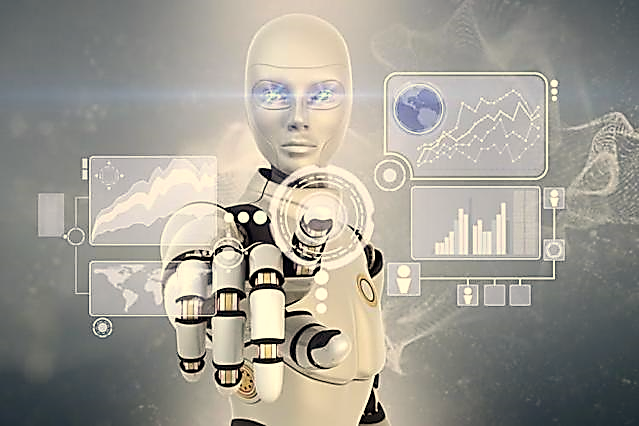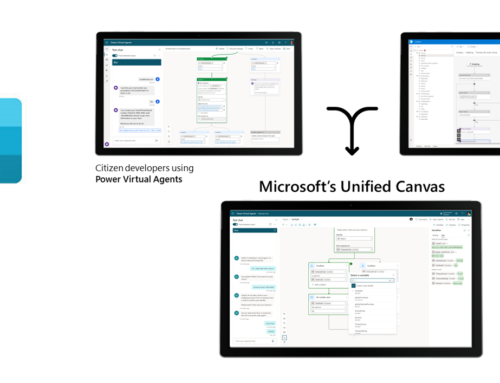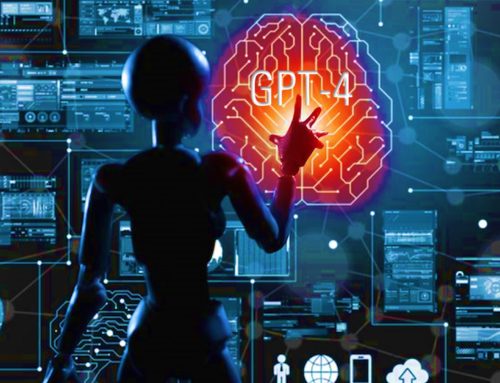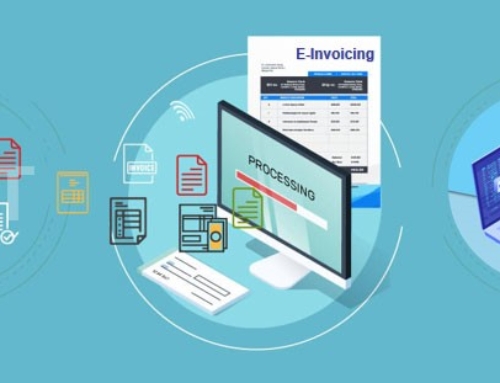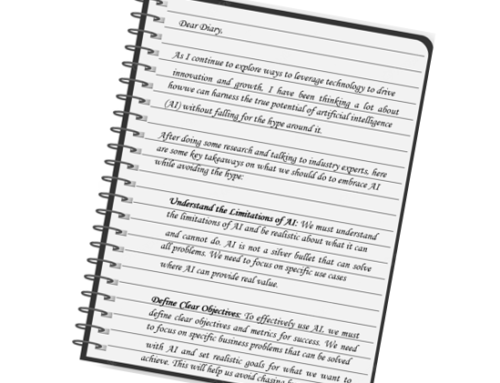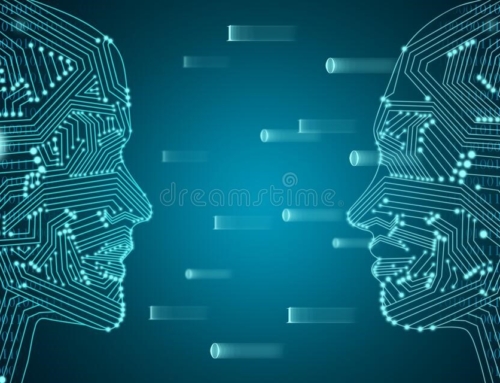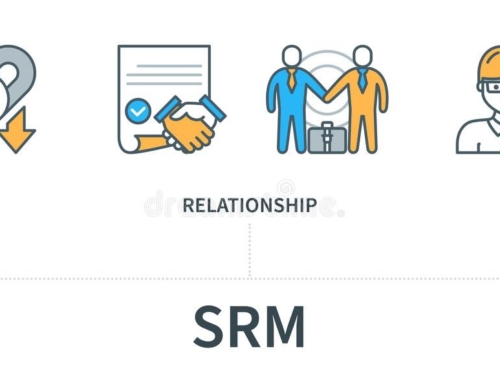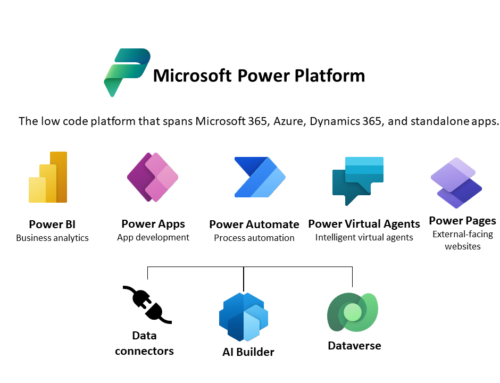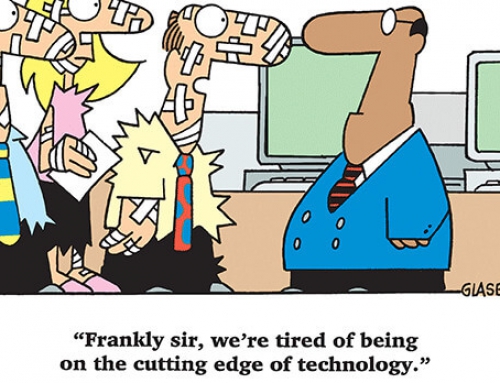Dynamic and Personalized User Interfaces
Generative AI enables the creation of dynamic and personalized user interfaces, optimized for each individual user. For example, consider the Netflix recommendation system, which uses machine learning algorithms to analyse your viewing history and make recommendations for movies and TV shows that you’re likely to enjoy. By generating personalized recommendations, Netflix enhances the user experience and makes it easier for users to discover new content.
Automated Design and Layouts
One of the most significant impacts of Generative AI on user interfaces is in the creation of custom images and videos. For example, Adobe’s Project DeepDream allows users to generate unique images by inputting a source image and specifying the desired style or pattern. The software then uses deep learning algorithms to generate a new image that fits the specifications. This type of application has the potential to revolutionize the way designers create and manipulate images, allowing them to generate new and unique content on the fly.
Generative AI can also automate the design and layout of user interfaces, freeing up time and resources for developers. Take, for instance, Adobe’s DeepStyle, which uses generative AI to generate custom styles for website design based on user-specified criteria. This speeds up the design process and ensures consistency and accessibility across the site.
Interactive and Responsive User Interfaces
Another example of Generative AI’s impact on user interfaces is in the creation of custom text. OpenAI’s GPT-3 is a powerful language model that can generate human-like text based on the input it receives. This type of application can change how we interact with digital interfaces, making it possible to generate personalized and dynamic content in real-time. For example, GPT-3 can create chatbots that can respond to customer inquiries or generate product descriptions for e-commerce websites.
The impact of Generative AI on virtual and augmented reality interfaces is also significant. For example, companies like Magic Leap are using deep learning algorithms to generate realistic 3D environments in real time. This type of application has the potential to revolutionize the way we interact with virtual and augmented reality, making it possible to create truly immersive and interactive experiences.
Another example can be found in the fashion industry. Brands like Adidas are using AI-powered software to create custom sneakers that are unique to each customer. The software uses deep learning algorithms to generate a design based on the customer’s specifications, and the result is a one-of-a-kind pair of sneakers that is truly unique.
Improved Accessibility
In addition to enhancing the user experience, generative AI has the potential to improve accessibility for users with different abilities. For example, the TalkBack screen reader for Android devices uses generative AI to generate audio descriptions for images, making it easier for visually impaired users to understand and interact with the device.
In addition to enhancing the user experience, generative AI has the potential to improve accessibility for users with different abilities. For example, the TalkBack screen reader for Android devices uses generative AI to generate audio descriptions for images, making it easier for visually impaired users to understand and interact with the device.
Conclusion
Generative AI is changing the way we interact with software applications through personalized and adaptive user interfaces, automated design and layout, interactive and responsive user interfaces, and improved accessibility. From Netflix recommendations to Adobe DeepStyle and OpenAI’s GPT-3, real-life examples show the potential benefits of generative AI in user interface design. However, as with any technology, it’s important to consider the ethical implications and ensure that it is used in a responsible and transparent manner.

